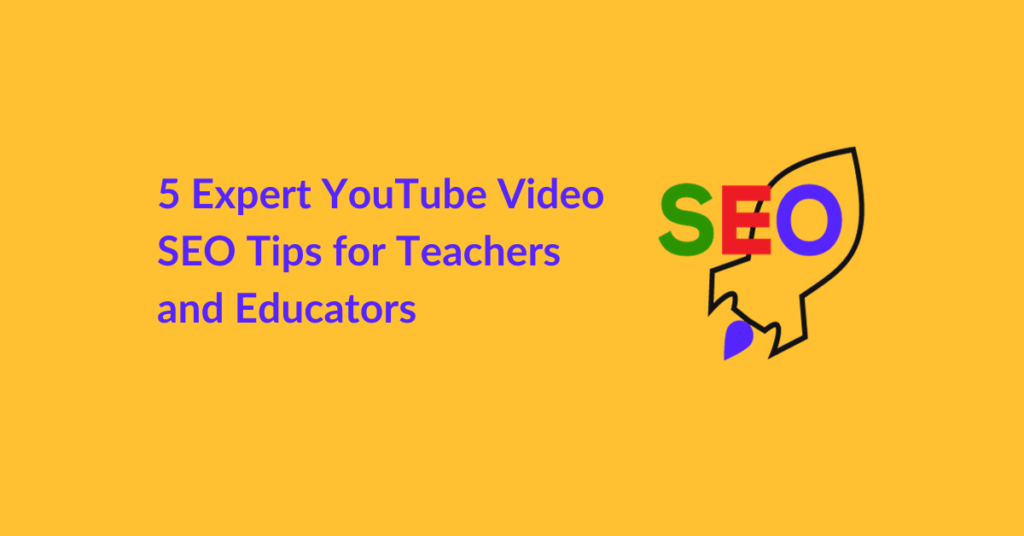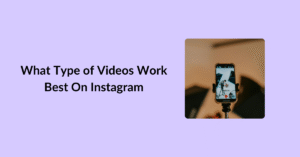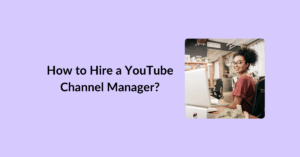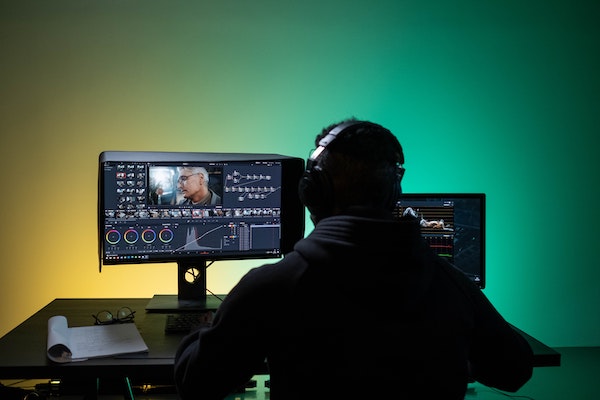“Just focus on the quality of content.”
“Educational content doesn’t need marketing!”
“Keywords are the only video SEO you need”
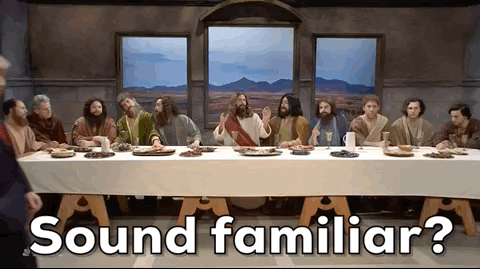
Well. Those are some of the most common misconceptions floating around.
Growing an educational YouTube channel demands much more than just quality content.
In fact, it’s one of the most slowest growing niches on YouTube because learning requires commitment —- and only a small portion of YouTube users are willing to do that.
Does that mean your educational channel is a lost cause? Of course, not!
As long as we’re here, we’ll make sure you find your way around YouTube — no matter how challenging the situation is. 🙂
In this post, we’ll share some expert-recommended ways to push your educational YouTube channel to the top by means of SEO. We’ll also share some hacks to maximize the discoverability of your YouTube videos.
Let’s goooo⚡
Table of Contents
What is YouTube SEO?
YouTube SEO or YouTube Search Engine Optimization is the practice of optimizing video content to rank higher in YouTube’s search results.
Why do we need to do it?
That’s because YouTube is currently home to 800 million videos and approximately 150,0000 videos are added to the platform every hour (as of 2023)
And there are only 122 million daily active users on YouTube who consume 1 billion hours of content every day.
As you can see, the math is not adding up. The number of daily active users is much less than the amount of content available.
Plus, there’s no guarantee that each video gets a fair chance of viewership. The viewing power lies in the hands of visitors. They search for a keyword in the search bar and YouTube algo pushes videos with the most views/shares/comments on top. Or it favors the videos posted by channels with great authority (more subscribers, etc.)
This is why practicing YouTube SEO is necessary. It is your gateway to increased visibility, attract more viewers, and build your channel authority. If you don’t, you’ll keep posting on the platform and no one will even know about it — let alone your target audience!
How does YouTube SEO work?
If you’re completely new to YouTube SEO, we recommend browsing our complete YouTube SEO guide for beginners. Once familiar with the basics, hop onto the expert-recommended tips given below!
For a quick summary though: YouTube SEO involves strategic use of keywords in video titles, descriptions, and tags to align with user search queries.
How can educational content creators benefit from YouTube SEO?
According to a report by SEMrush, 55% percent of videos ranking on YouTube have a match ratio between video title and keyword of 1.
Meaning 55% of video titles match exactly with the keywords — which is why they’re ranking on top.
So clearly, YouTube SEO is for everyone’s benefit.
However, for educational content creators, YouTube SEO is not an option or added benefit. Rather, it is a necessity.
Most people use YouTube to learn something new. But again, the attention span lasts no more than 8.25 seconds — and most of the viewers are not ready for long-term commitment.
They’re seeking quick, easy, and fun solutions.
This means if you have a lengthy or traditional teaching style, wherein you do not let things like entertainment interrupt you or you prefer teaching right from the roots (covering every nook and corner of the subject) — you’re going to have a tough time.
There are two ways to combat the issue:
- Adopt a jolly and fun teaching style (using animations, snackable video formats, jokes, media references, memes, tone of delivery, etc.)
- Go intensive on YouTube SEO (technical upgrade)
For instance, let’s consider an educational content creator teaching coding concepts.
Adopting the first solution will not only demand changing personal ways and preferences, but it will also take time. Whereas, technical upgrades with the second solution would look something like this:
- Crafting compelling titles with relevant keywords like “Learn Python Programming” to boost discoverability.
- Providing detailed descriptions with educational keywords enhances search relevance.
- Utilizing closed captions can further improve accessibility and boost SEO, as YouTube’s algorithms index the text.
- Monitoring engagement metrics like watch time, likes, and comments to improve SEO strategy
You can outsource these tasks to an expert YouTube SEO team.
YouTube SEO VS Google Search SEO
Many people treat Google SEO and YouTube SEO the same. This is a major blunder!
They’re similar but not the same.
YouTube puts the power in the hands of its users, allowing them to influence the platform’s dynamics. In contrast, the Google Search Engine conducts its own rigorous quality checks, ensuring that only truly valuable content rises to the top of search results.
Given that, it’s clear that we need different strategies to optimize content for each platform. And so, understanding the differences is crucial.
Let’s break down the key distinctions:
Aspect | YouTube SEO | Google Search SEO |
|---|---|---|
Platform Focus | Primarily for video content on YouTube. | Broadly applicable to various types of web content. |
Content Type | Video content (e.g., tutorials, vlogs). | Text-based content (e.g., articles, blogs). |
Optimization Elements | Titles, descriptions, tags, and thumbnails. | Titles, meta descriptions, headings, and keywords. |
Keyword Usage | Emphasis on video titles, tags, and video descriptions. | Key focus on meta titles, meta descriptions, and content body. |
User Engagement | High emphasis on watch time, likes, comments, and shares. | Importance on bounce rate, click-through rate, and time spent on page. |
Algorithm Factors | YouTube algorithm considers watch time and engagement metrics. | Google algorithm considers relevance, authority, and user experience. |
Indexing of Content | Closed captions and transcripts can influence search ranking. | Crawls and indexes text-based content for relevance. |
Competition Level | Intense competition due to the vast number of videos on YouTube. | Competitive landscape, but broader opportunities for niche targeting. |
User Intent | Focused on satisfying user intent for video content consumption. | Aims to fulfill user intent for information, services, or products. |
In summary, while both YouTube SEO and Google Search SEO share some common optimization principles, they differ in their focus on content types, optimization elements, and the significance of user engagement metrics.
YouTube SEO places a high value on video-specific factors like watch time, while Google Search SEO considers a broader range of textual elements for relevance and authority. Content creators need to tailor their SEO strategies based on the platform and the type of content they produce.
5 Pro YT Video SEO Tips for Teachers & Educators
Now, let’s hope onto the 5 key video SEO tips for teachers and educators!
1. Keyword Research for Learning Intent
Conduct thorough keyword research focusing on educational terms and queries related to your niche. Use tools like Google Keyword Planner or YouTube’s own search suggest feature to identify what your target audience is searching for when seeking educational content.
For example, if you’re a coach for executives or self-development and you want to educate your audience on “mindset” — a more relevant set of keywords for ‘learning intent’ would be:
- Positive Thinking Strategies for Executives
- Leadership Mindset Training
- How to Cultivate a Growth Mindset in Workplace
- Types of Mindset Shifts for Effective Decision-Making
Here’s a set of keywords that’s not aligned with the learning intent:
- Mindset Quotes
- Inspirational Thoughts about Mindset
- Mindset Wallpapers
- Motivational Sayings on Mindset
- Famous People’s Mindset
Do you get the idea?
Target keywords that directly address a query. You don’t want to begin with listing quotes and then telling them what can be learned from them. Even though that is a type of learning, it’s more of a ‘reference’ material that deepens understanding for a subject.
2. Phrase the Video Title Around the Learning Objective
A common mistake that most teachers and educators make with YouTube video titles is utilizing all 60-70 characters in:
- Naming the institute/organization they represent
- Naming themselves
- Naming their qualification/degree
- Stating the date/time of recording the video
At times, it is a combination of learning objectives + any of the above.
That is also a mistake.
Utilize all 60-70 characters you have in conveying the learning outcomes of the video.
For example:
- How to do X in under one hour?
- What does X mean? | Examples + Future Outlook
- Guide for Beginners: How to start a real-estate business? | 5 Steps
- What is X theorem? | Solved Examples | Past Paper 2020 – 2023
Create compelling video titles that not only include relevant keywords but also spark curiosity. Aim to address the learning outcome or solution your educational video provides.
3. Detailed Descriptions with Timestamps
Write informative video descriptions that provide a brief overview of the content. Also, include timestamps for different sections or topics covered in your video. This not only aids viewers in navigating but also assists YouTube’s algorithm in understanding your video’s content.
Although experts say data doesn’t provide any evidence that timestamps definitely help with YouTube SEO, they collectively agree they significantly improve user experience. Most people are short on time and they’d appreciate it if they could hop onto the relevant parts of a video.
4. Create High-Quality Thumbnails
Your video thumbnail is what’ll earn you the most clicks.
Every SEO expert, YouTuber, and marketer agrees with that.
It’s what’ll make your video successful —- even if you’re a bit behind the others with the title, quality of content, etc. Trust us.
Our clients — (who btw, produce phenomenal content 🤩) — witnessed massive improvement in clicks and overall viewership as soon as we upgraded their thumbnails and made them more popping and captivating.
You can view some of our tips to make your YouTube thumbnails more popping OR send your videos to us so we can do it for you. 🙂
Remember, the key elements of a high-quality thumbnail are:
- Brand colors
- Text overlays
- Relevant graphics
- Close-ups
- Trending fonts
Keep it simple but super clear and comprehensive. And make it really vibrant!
P.S. Vibrant doesn’t only mean the use of bright colors, it also refers to standout imagery or the use of thumb-stopping words.
5. Utilize Playlists for Content Organization
The last key tip concerns the structure of your channel.
Any user who seeks educational material would appreciate it if they can find learning material around a specific subject in one place. They’ll appreciate it even more if they can find what they want easily.
This user need can be met by creating content clusters and arranging those content clusters systematically.
So, group related educational videos into playlists. Playlists enhance viewer retention and increase the likelihood of autoplay, extending watch time.
Overall, this positively impacts your video’s ranking as YouTube values content that keeps users on the platform.
End Note
We hope this guide helps you improve your discoverability on YouTube. In case you have any queries, confusion, or suggestions regarding YouTube video SEO tips for teachers and educators, feel free to shoot us an email!Also, we’ve shared more material concerning YouTube SEO on our blog. You can browse that here.

